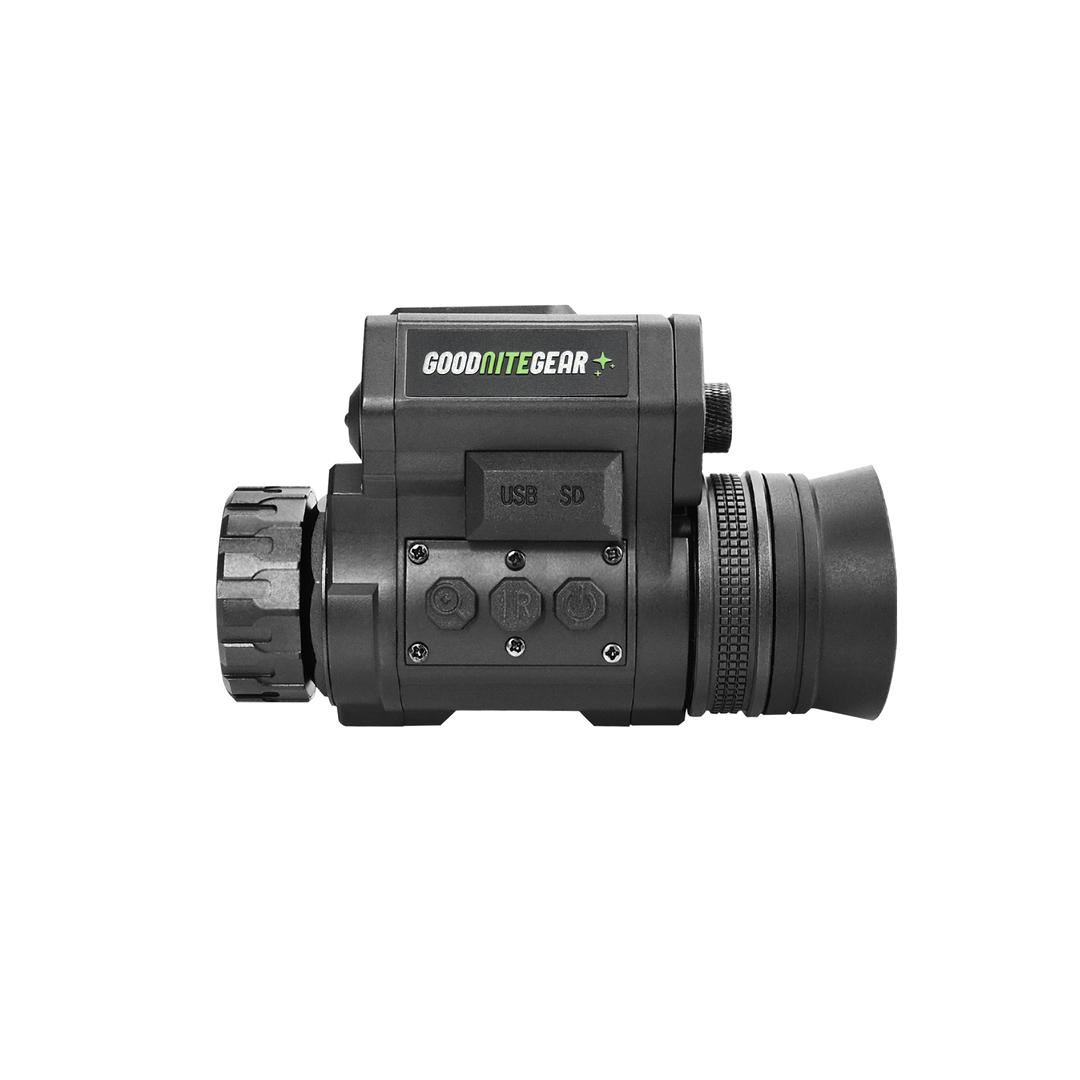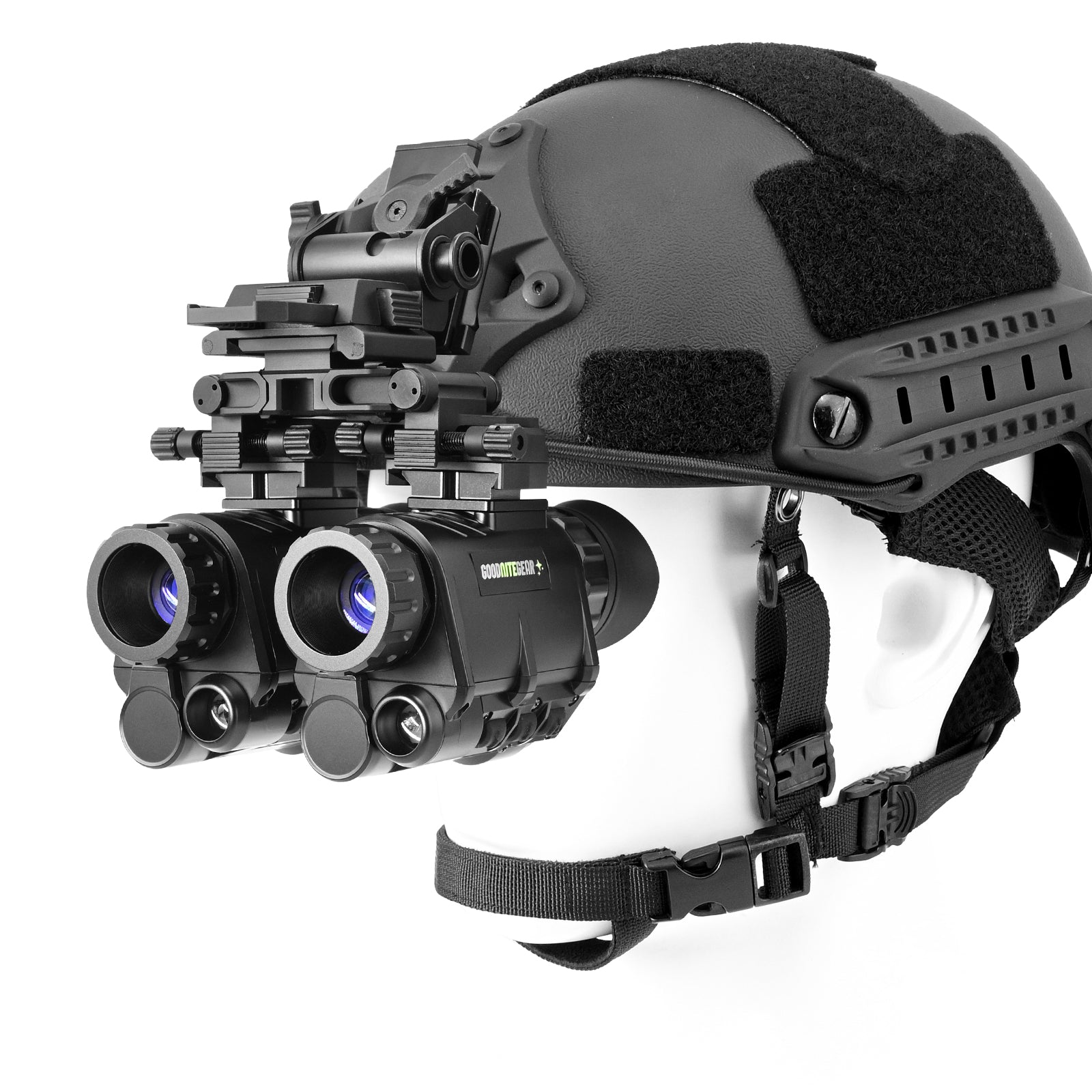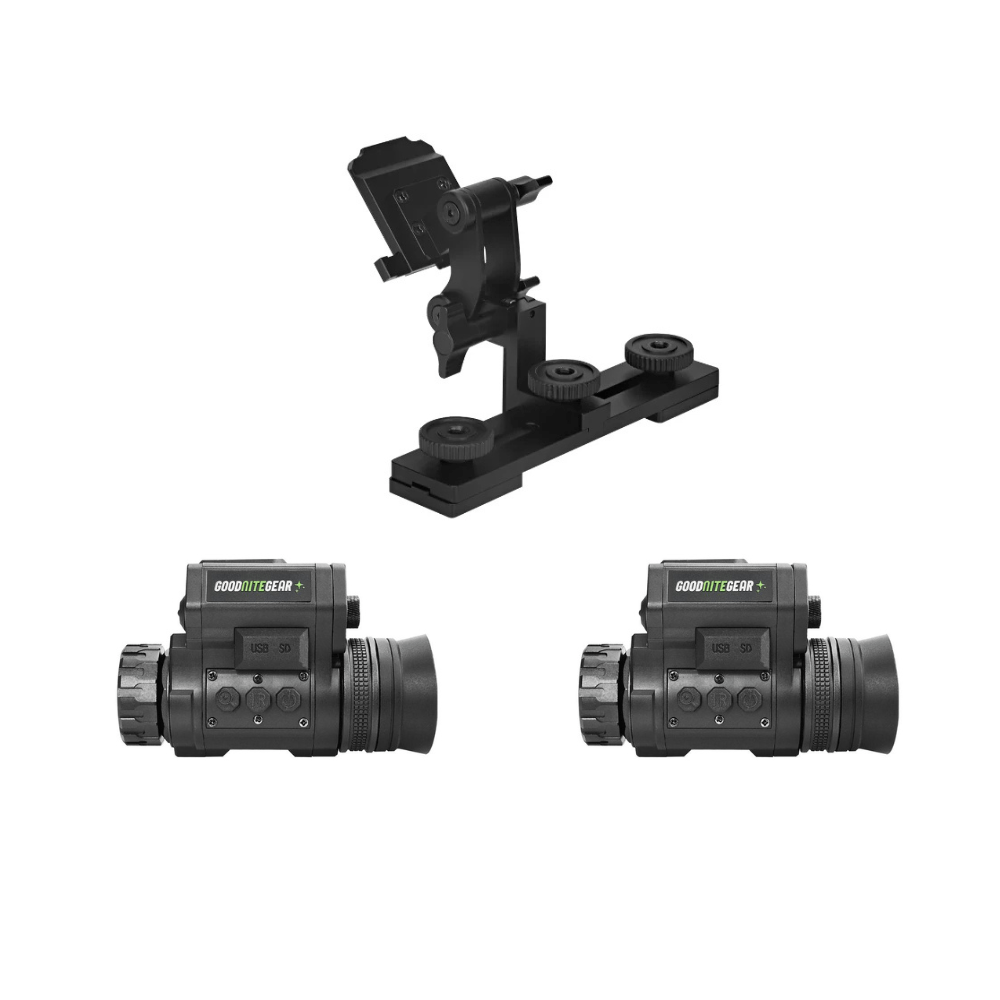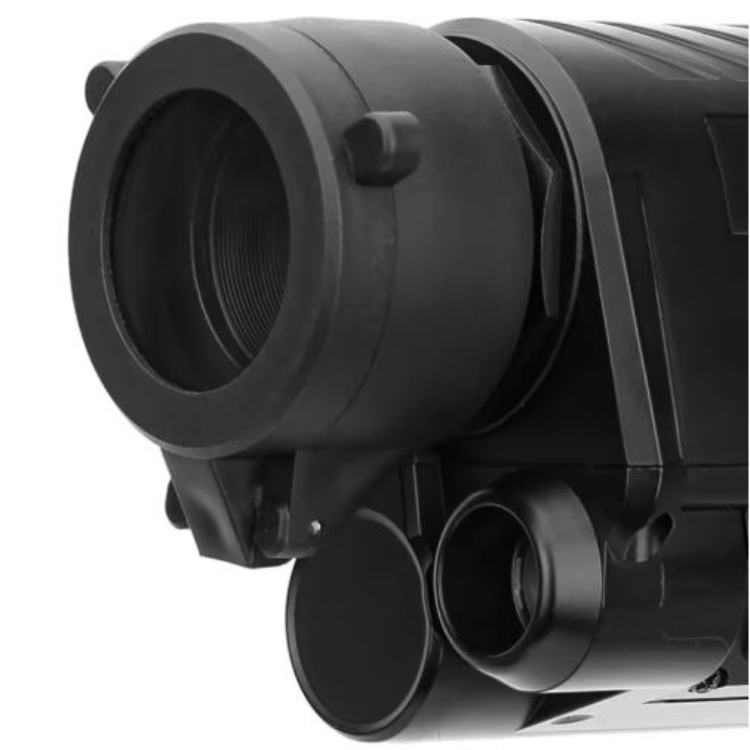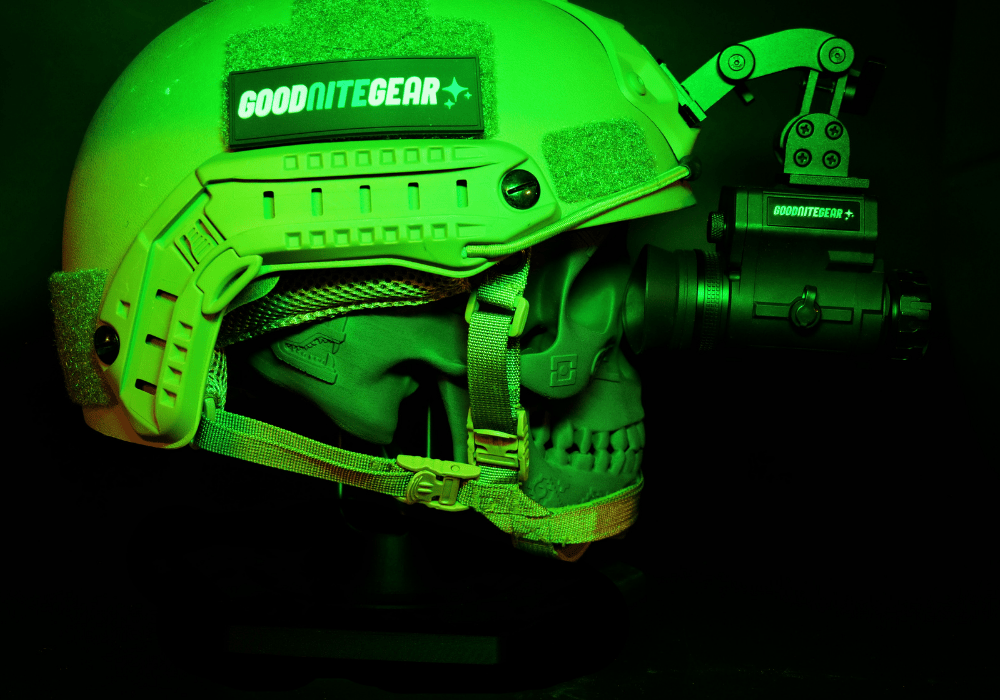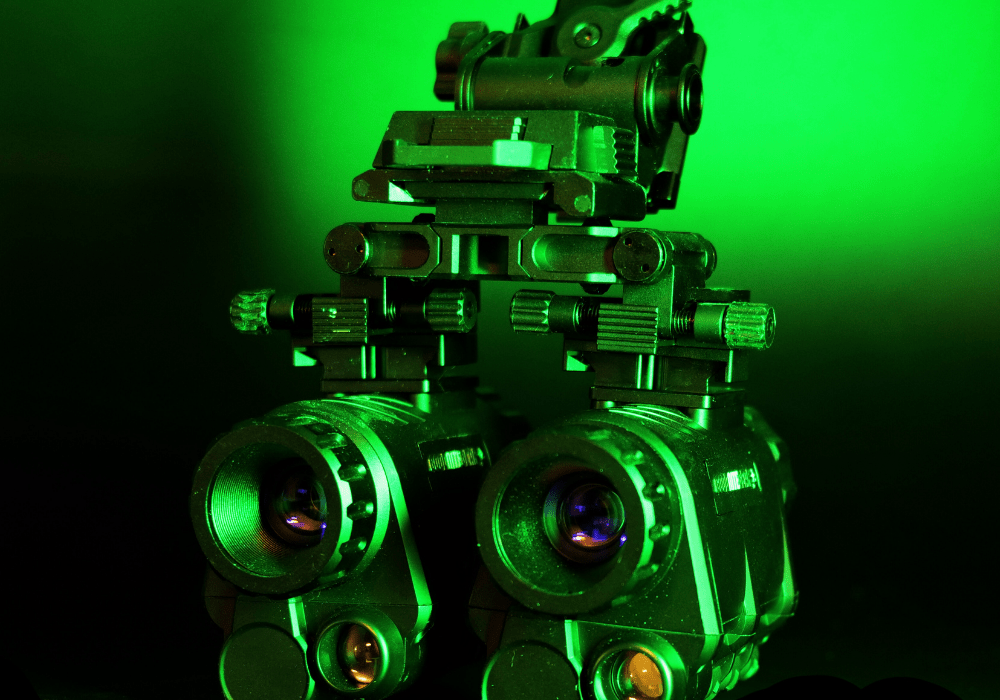Analog and digital night vision are both designed to enhance visibility in low-light conditions, but they do differ in their underlying technology and how they process and display images.
Analog Night Vision relies on traditional image intensification technology which works by capturing ambient light through a photocathode tube, which converts photons into electrons.These electrons pass through a microchannel plate, where they multiply to create a brighter image. The amplified electrons then hit a phosphor screen, which emits light, creating a visible image.
Digital night vision works a lot like a digital camera and captures images using an electronic sensor, typically a CMOS sensor. The captured images are then processed digitally and displayed on a screen in the eyepiece. Instead of relying solely on ambient light, digital night vision devices also rely on supplemental infrared (IR) illumination. However, the performance of digital is getting much better without IR lighting, and we will be exploring this topic in this article.
For this comparison between Digital Night Vision vs Analog , we’re going to be using the Digital NVG30 and a Gen 2+ PVS14. The NVG30 currently sells for $495 and the PVS-14 was picked up from Steele Industries for just over $2500 with shipping. Both units are nearly identical in size and weight and can be handheld or mounted to a helmet, either in a single monocular configuration or in a bino setup!
To summarize, the PVS14 is definitely a superior unit when it comes to ultra low light performance and it does offer a much wider circular view which dramatically increases your peripheral vision. There are other advantages including a more durable mil spec build quality and being able to run for 50 hours on a single AA battery is incredible with the unit I’m testing with. The NVG30 can keep up pretty well in presence of sufficient moonlight or ambient light without having to rely on IR lighting, putting it leaps and bounds ahead of many of its competitors. Being able to digitally zoom, having multiple color palettes, ease of recording and to be able to use the monocular during the day are also nice benefits that the NVG30 offers.
There’s no doubt that the PVS14 is a better unit if you can afford it, but depending on your use cases and the environments you plan to use night vision in, the NVG30 might provide all the performance you need, and having one of these would definitely be better than having no night vision at all. For combat purposes, you’d obviously rather have a PVS14 than an NVG30, particular in cqb situations. However, in outdoor settings in mid ranges with active laser aiming options, the performance of digital is definitely intriguing. If all you had is an NVG30 and the people you're up against had no night vision, the odds would definitely swing in your favor, particularly outdoors and I’ve had reports from channel commentors of chinese PLA soldiers being issued NVG10s and other similar units in the field so there really is no question about their viability and usefulness in these types of situations.
If you don’t ever see yourself throwing down on a pvs14, the NVG30 is a great alternative. Similarly if you end up getting both an NVG30 and a PVS14, you’ll have a backup in case your pvs14 goes down and you can always grab another helmet and hand off the nvg30 to somebody else to give them night vision capabilities.

